It is a ritual for me each semester as I first meet my students at Columbia University’s Graduate School of Journalism. As soon as the students introduce themselves, I ask the question: how many of you are reading news in print?
This is my sixth year teaching the course Multiplatform Design & Storytelling. Each semester, when I asked that question, from a class of about 15 students normally about three or four would say that they read at least a printed newspaper perhaps during the weekend.
I knew that this was changing. This week, as I started our new Spring Semester, I asked the question: not ONE student in my class reads a printed newspaper daily.
I said: “Is this reason to lament?”
The class remained silent, perhaps because they saw the half smile on my face.
Out of pity, I think, a couple of hands went up and students told me that perhaps they might read The Economist or The New Yorker magazines in their printed editions.
Whatever happened to print and millennials?
Ever since I started teaching again, I have noticed as I come into the classroom that there is never a copy of a New York Times, or Financial Times, or even the New York Post on the table around which students gather.
It is what it is. The majority of my students this semester were born between 1996 and 1997. The Internet had already been around for a few years. By the time these students got to elementary school, they were exposed to computers. High school and college they found Google as their most effective tool for research of anything. Here they are now, graduate students in journalism.
Our Columbia journalism students are among the best anywhere. They are smart, informed, curious and a delight to teach. They just don’t use print to get information.
Still, as I offered an introduction to the course this week, with a state of the media, I devoted a few minutes to the role of print: no longer the protagonist, but still there. The students looked at my examples of good utilization of print today (The New York Times, The Guardian, The Washington Post, Aftenposten, Die Zeit, The Economist) with curiosity, as if discovering that good things are happening when you mix ink and paper. These are some of the examples I admire which I showed the class under the heading: Doing Print Happily. I admire the work we see in the examples below.

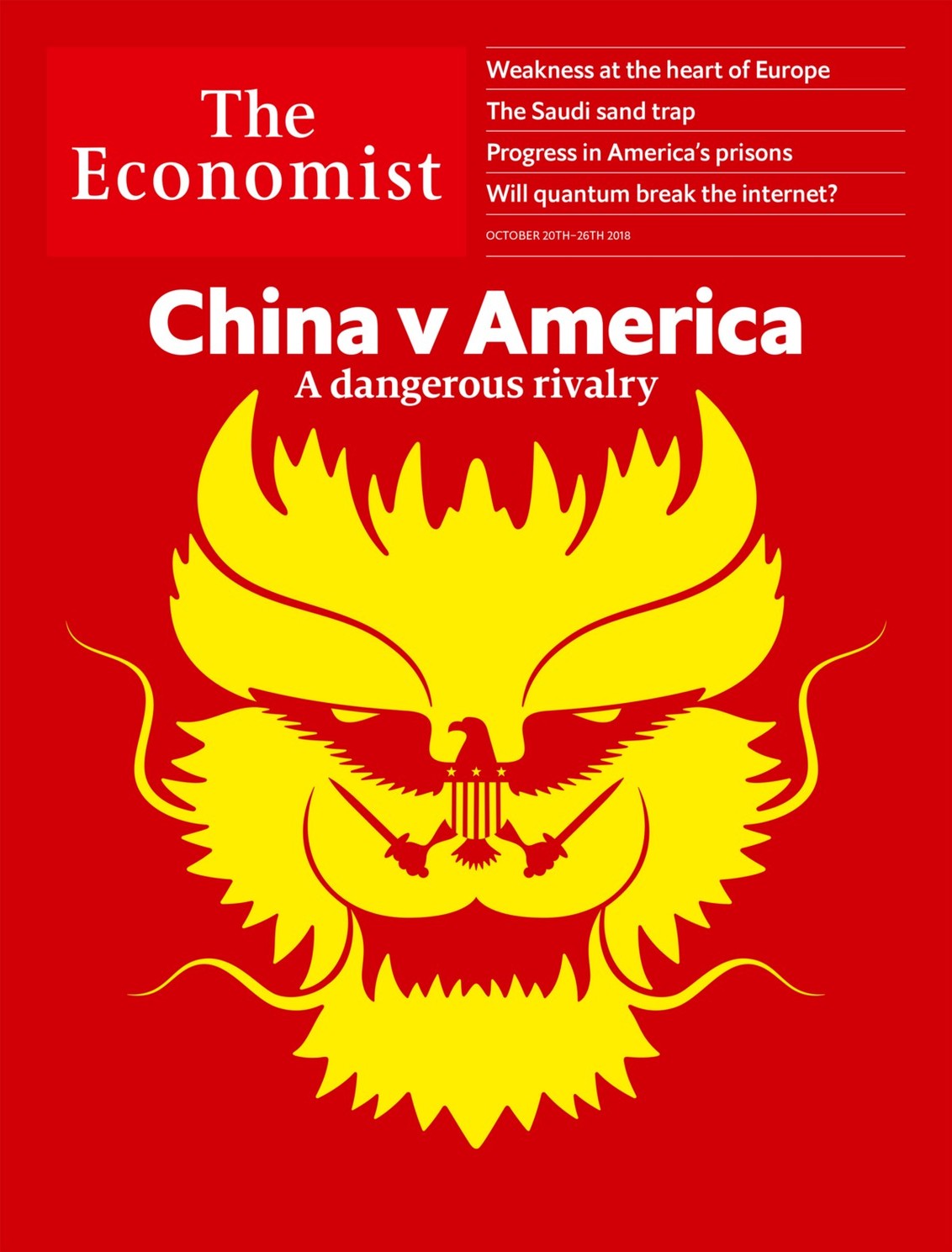
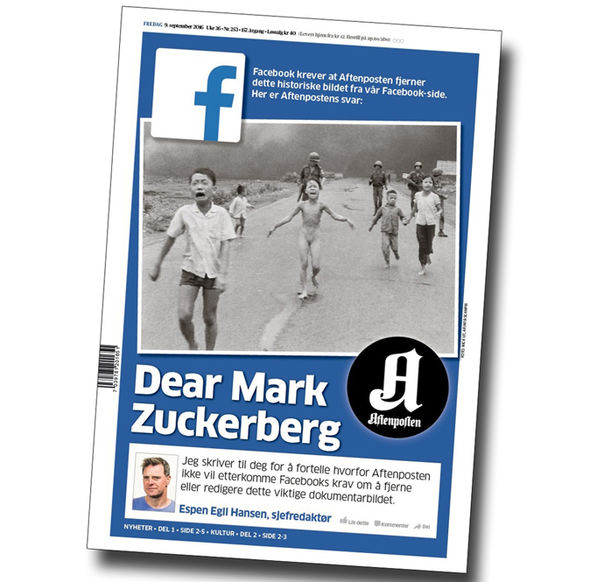
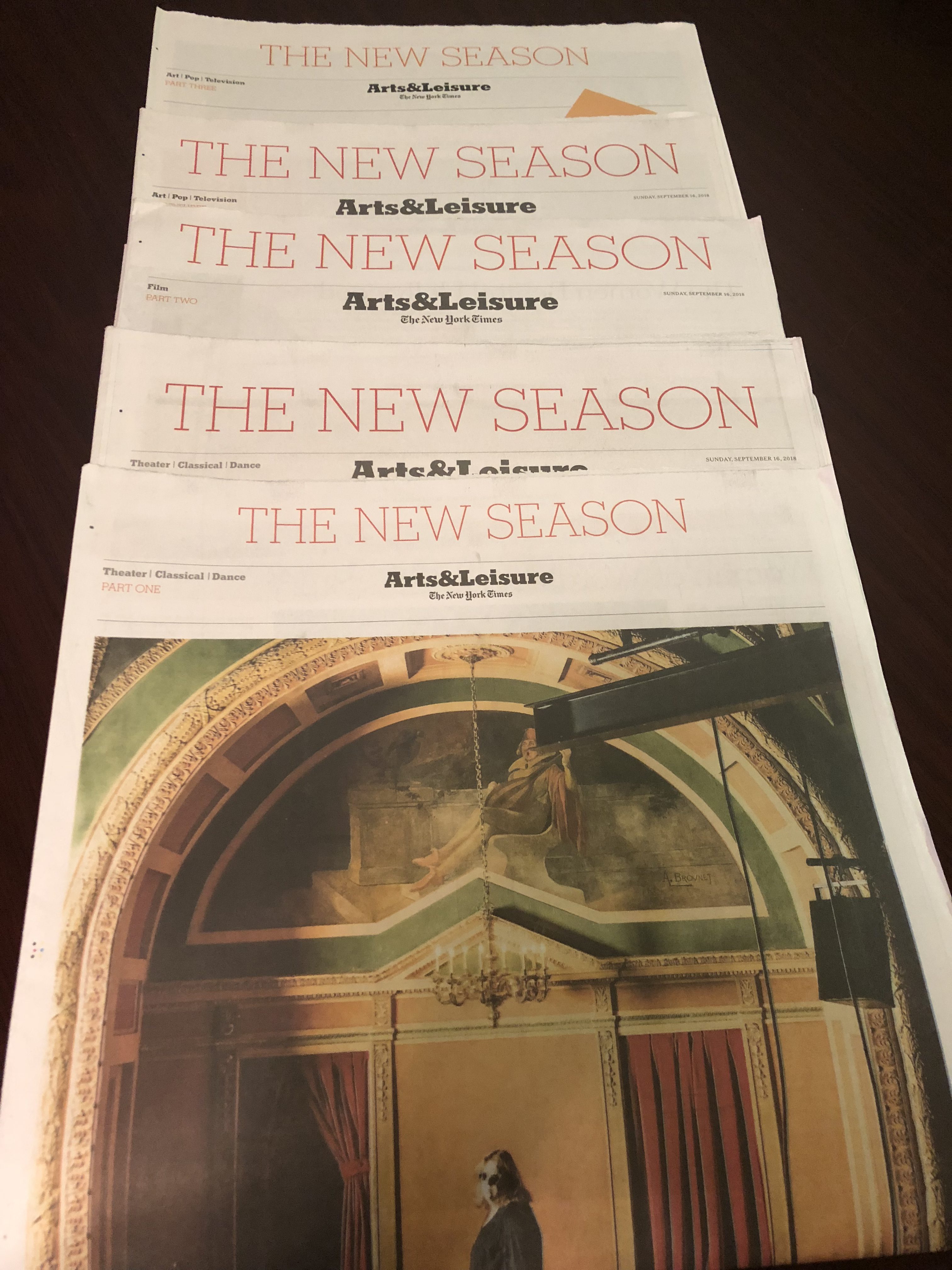
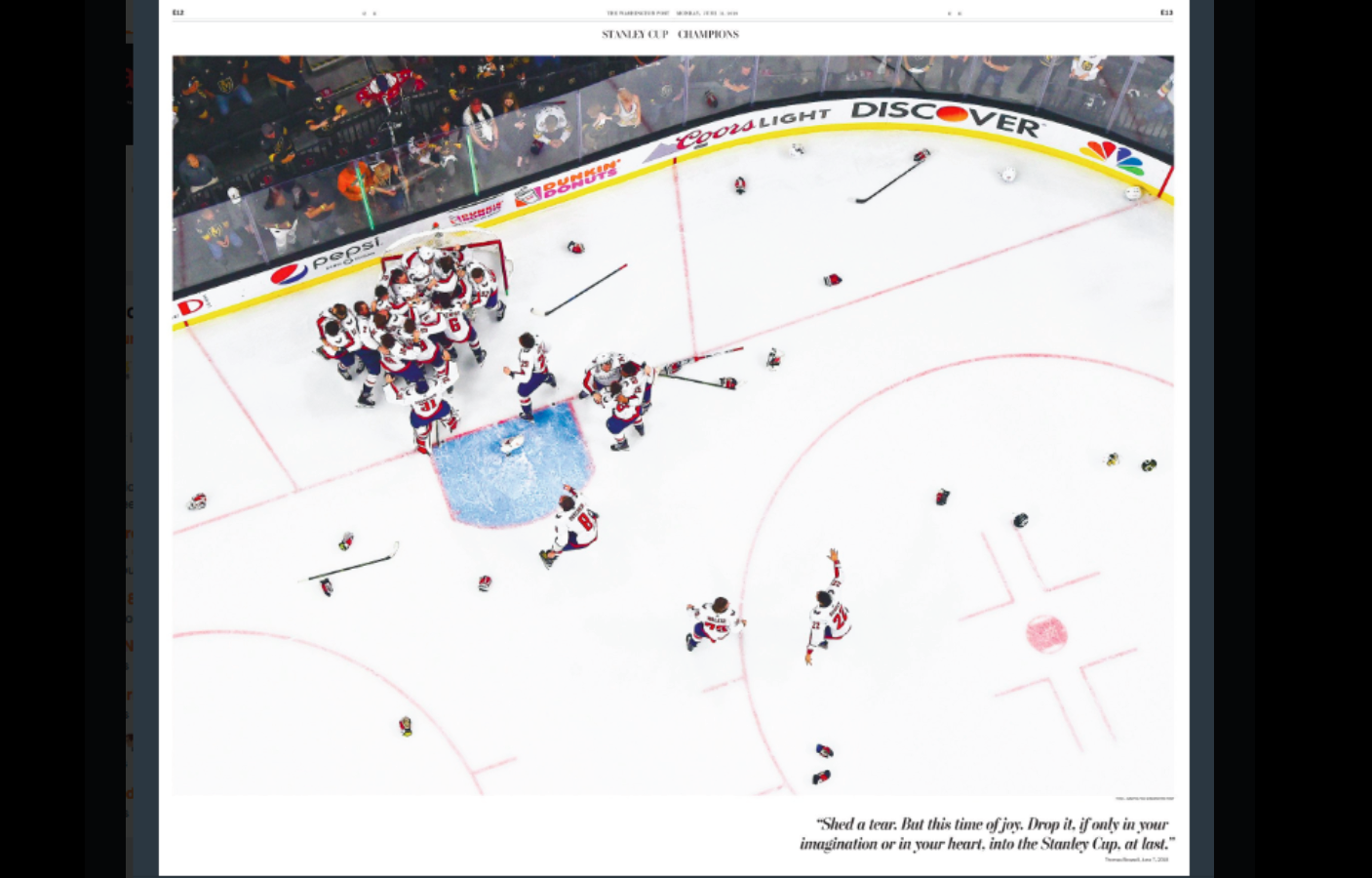
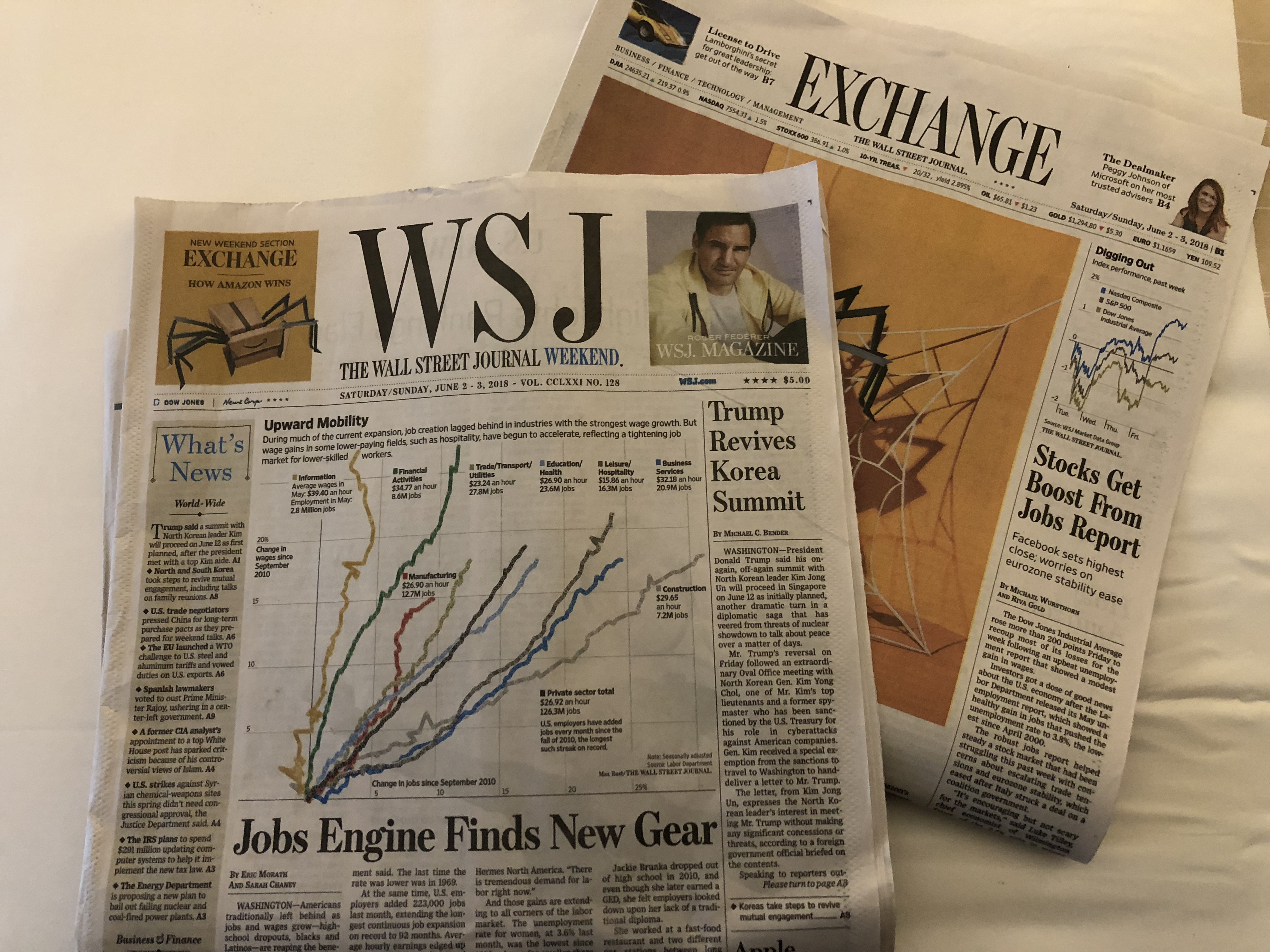
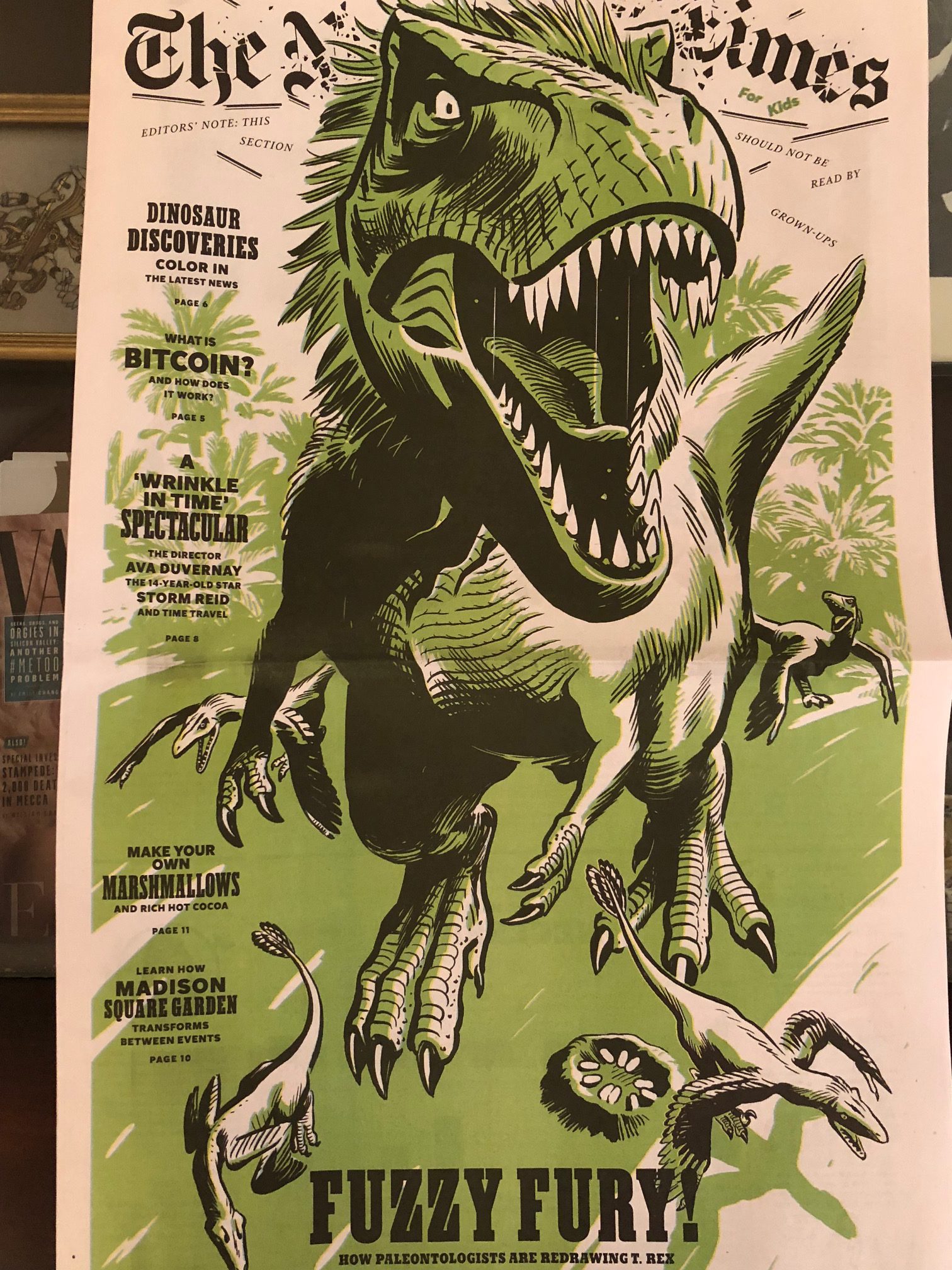
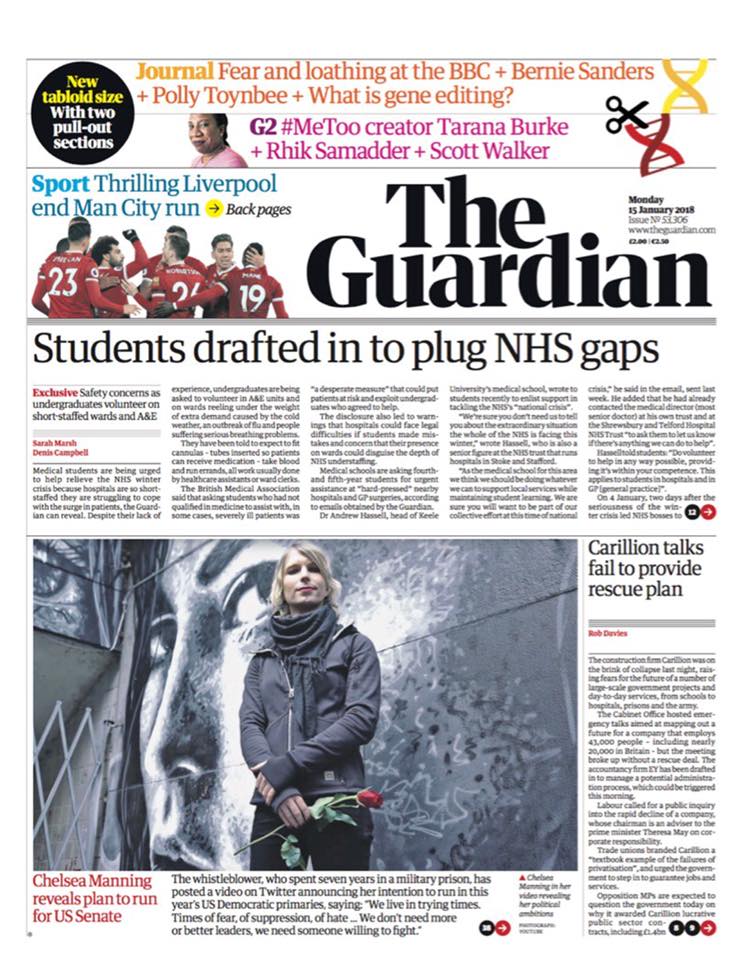
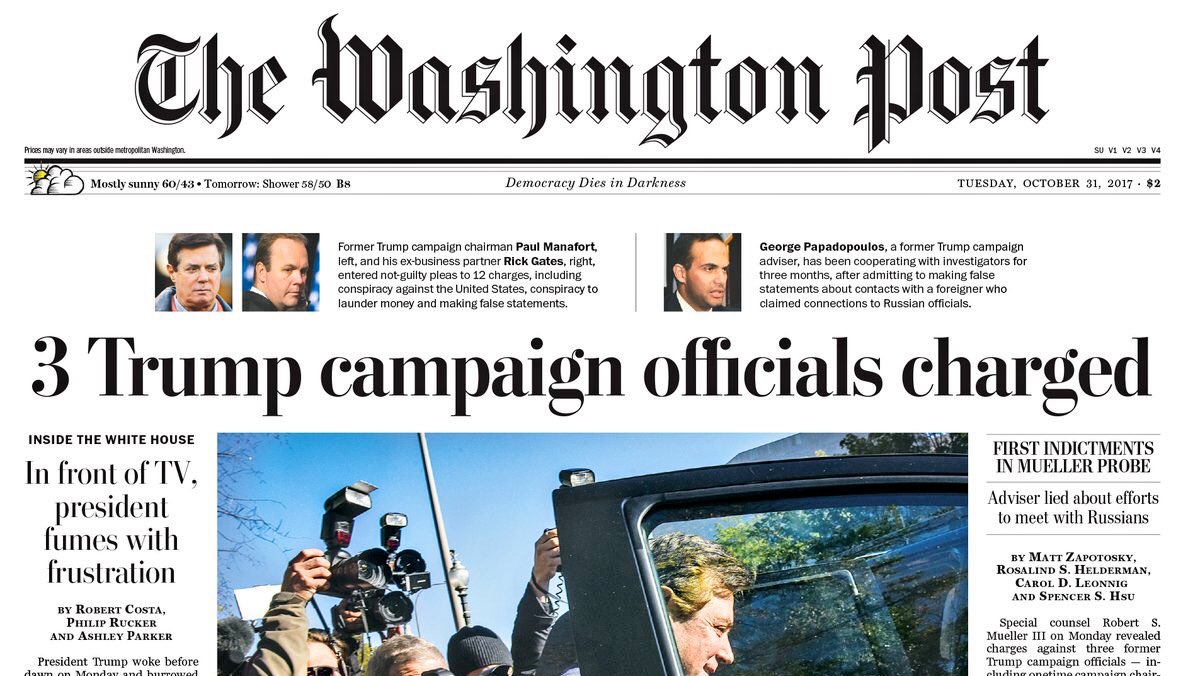
There was a time, not too long ago, when even millennial students dreamed of seeing their byline on an actual printed page.
That, too, is not a dream anymore. These students may be the first of the lot to have no link, no attachment and no romance at all with print.
Meanwhile, in India: a newspaper design book for high school students.
Meanwhile, and happening on the same day of my first meeting with my students, I received an email from T. K. Sajeev Kumar, who publishers Newspaper Design India and tells me that he is writing a book about newspaper design for high school students. This book will be written in Malayalam, the language spoken in the southern region of Kerala, India.
According to Kumar, the Kerala Press Academy (Kerala Government body) is starting a media club in all the schools of Kerala to promote newspaper reading among students.For that they are bringing out few books to be circulated among media club students on various subjects associated with print media.
“The book based on newspaper design is assigned to me,” he told me. The book will include a history of newspaper design, role of design in newspapers, elements of design, data visualization and terms of design.
Perhaps these students will still be reading printed newspapers when they get to university.
TheMarioBlog post #2991